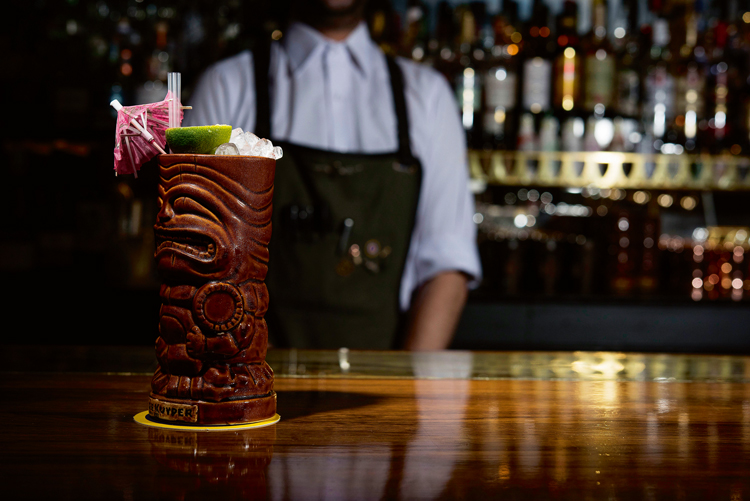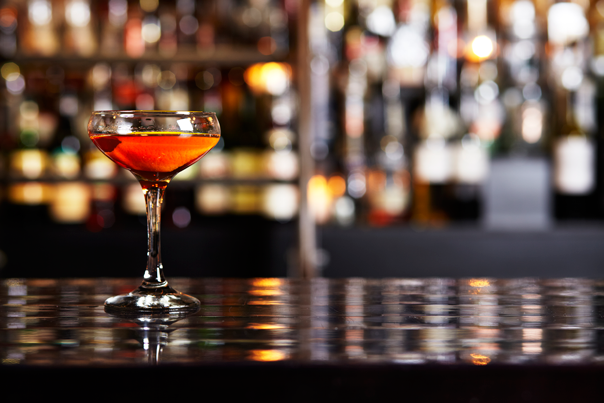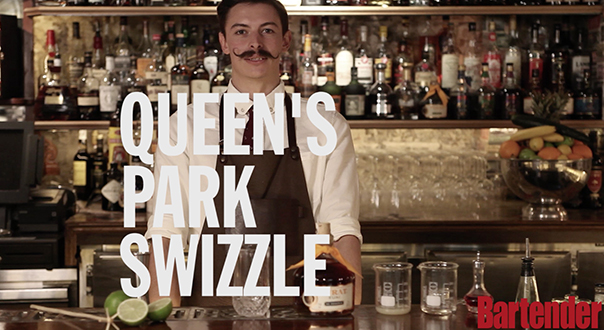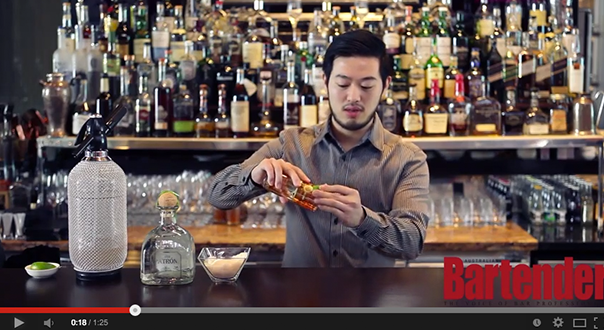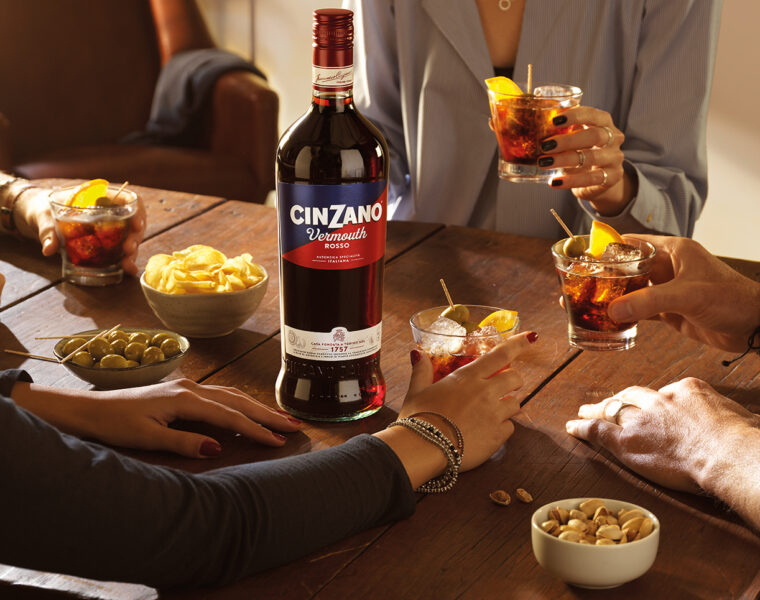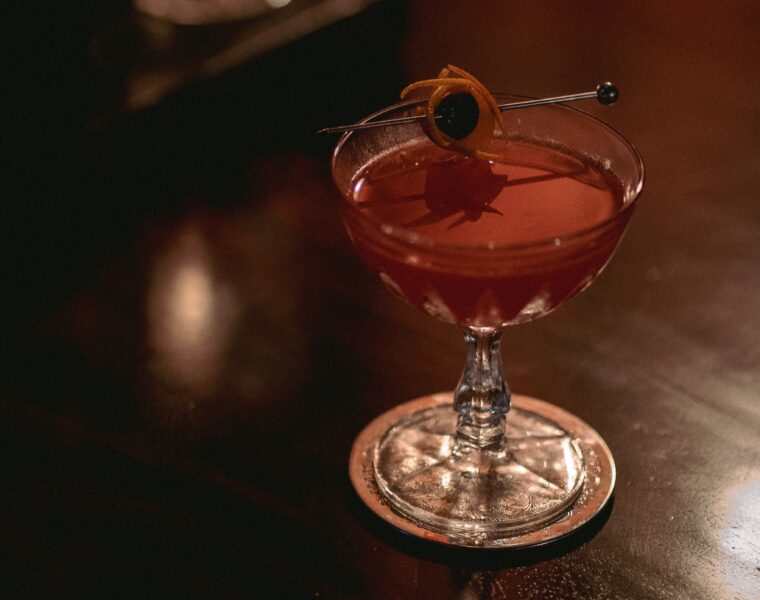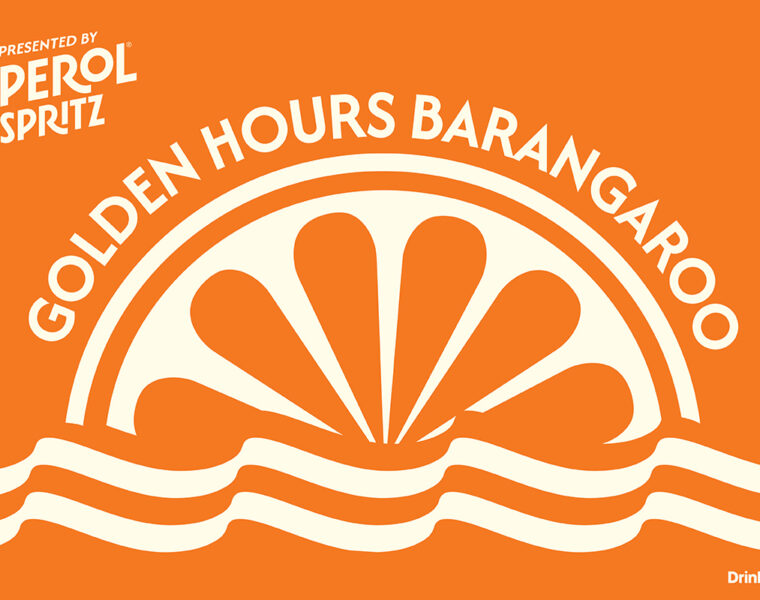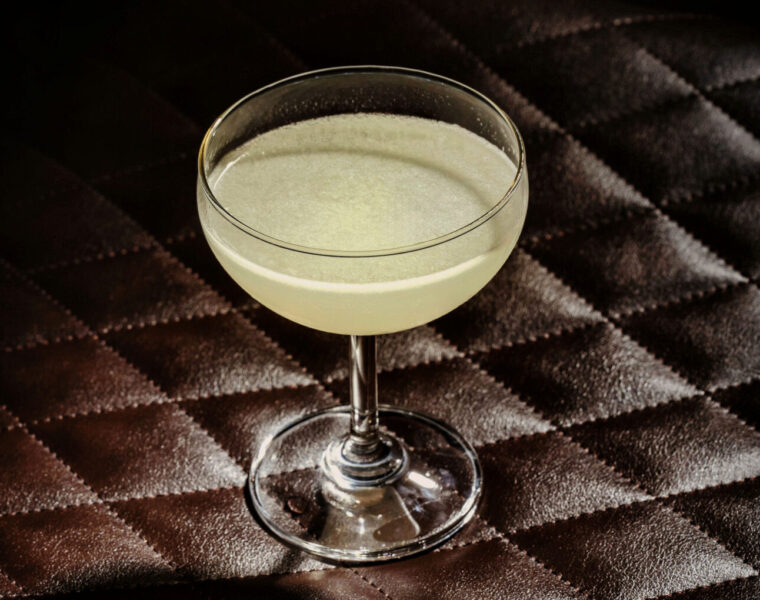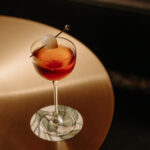The Collective head of bars, Mael Jego, shares his advice on building a cocktail menu.
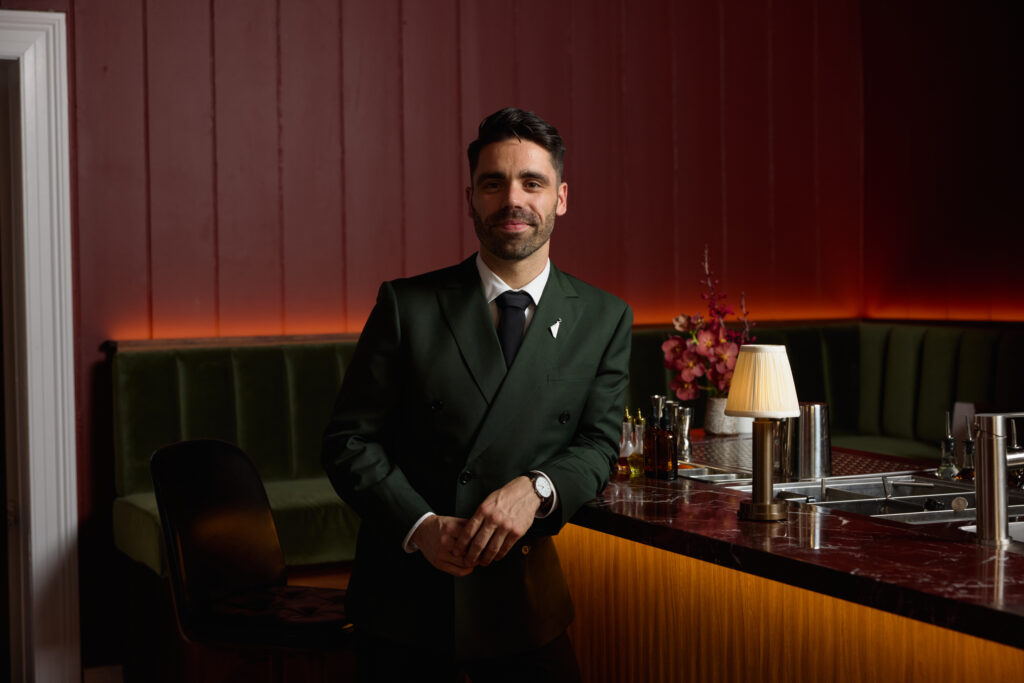
Start with the vision
When building a conceptual cocktail menu, everything starts with understanding the venue’s architecture and the kind of experience you want to offer guests. Is the focus on service, creativity, or theatre? For Tailor Room, we drew inspiration from the building’s history as a textile and wool store. That idea shaped not just the drinks but the entire guest experience.
Before development begins, the bar manager introduces the team to the core idea through a detailed briefing covering inspiration, the number of cocktails, spirit choices, drink styles, flavour profiles, glassware, and even visual elements like colour. This ensures everyone shares the same vision before research begins.
Stay open and flexible
While it is important to have a clear direction and style, you also need to stay open-minded. A menu will always evolve through development, so taking advice from the team is crucial. Over time, your personal style will become recognisable, just like a chef’s signature in their dishes.
One of the biggest challenges in building a menu is maintaining consistency across drinks while ensuring the menu is still easy for guests (and bartenders) to navigate, especially if the cocktails are technically complex.
Plan more than you need
Always develop a few more cocktails than you think you will need. If you want 10 drinks on your list, start with 12 or 13 ideas. But don’t spread yourself too thin — you want each drink to feel finished, not rushed.
Conceptual cocktails often take time to perfect. Sometimes it’s better to step back from an idea and revisit it days or weeks later to find the right balance.
A structured development process
Creating a cocktail menu takes time and money, so working smart is key. Here’s the process we follow at The Collective:
Concept Briefing (1 meeting)
Research Phase (dividing drink concepts between the team over 2–4 weeks)
Bar Manager Approval (making sure the direction is right)
Recipe Writing (It’s not just about ideas, but clear flavour extraction plans that are replicable and precise. At the same time, keep an eye on cost, how easy ingredients are to source, and whether they’re in season—consistency and practicality are just as important as creativity.)
Testing (small batches to manage costs and refine ideas)
Team Tastings (getting collective feedback)
Final Approval (only after the team agrees it’s ready)
At Tailor Room, where the drinks are highly conceptual, development took around 4–5 months. In more classic settings, like The Dining Room or The Garden at The Collective, it takes closer to 2–3 months.
Balance is everything
Finding the right balance of flavours and understanding the Australian palate takes time. It’s different to what many of us are used to in Europe, and recognising that is key to creating drinks that resonate locally.
Communicate a clear identity
When you open a venue, the most important thing is to have a clear message and personality. Are you a classic cocktail bar with a modern touch? A dive bar? A tiki bar? Guests will become regulars if they know and connect with your identity.
Collaboration is critical
For us at The Collective, Tailor Room’s list was the most challenging. Not just because it is a conceptual menu, but because it was the first time many of us worked together. Creativity is everywhere — the real skill is how you listen, share ideas, and collaborate as a team.
Tweaks and feedback matter
Refining a menu doesn’t stop after opening. Guest feedback is essential. For example, we tweaked one of our drinks, Chestnut, after learning it was a little too powerful. A small adjustment to dilution made the drink smoother and more approachable.
Making guests happy is always the focus — and their feedback helps perfect what we do, not just for this menu, but for the next one too.
Three essentials when creating a menu
Choose ingredients people love: start with familiar flavours, then add a twist. A surprising element can spark curiosity, but it’s the story behind the combo that makes it click. When guests understand the ‘why’, they’re more likely to lean in and not shy away.
Create for guests, not bartenders: keep it fun, but accessible.
Innovate on tradition: take what classic bartenders taught us and push it forward.
Favourite cocktail
One of my favourite drinks from the Tailor Room menu is Corduroy, a whisky-based twist on a French 75.



